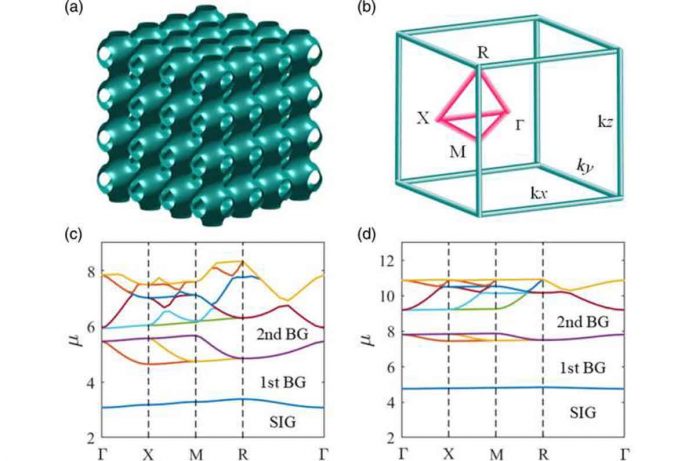Bose-Einstein condensates (BECs) have been created in ultracold bosonic atoms and degenerate quantum gases. These are macroscopic quantum phenomena and are considered as a single particle in mean-filed theory. The existence of nonlinear matter-wave solitons and their dynamics and simulation in condensed-matter physics can be investigated.
The ultracold atomic system under the mean-field approximation and under the many-body interaction are difficult to evolve stably due to the critical collapse and supercritical collapse. Scientists have explored the issue of overcoming the supercritical collapse for three-dimensional matter-wave solitons.
Feshbach resonances can also tune the collisional interaction between the atoms. It can provide a nonlinear modulation approach for the study of localized matter waves and many-body physical phenomena. The combination of linear lattice and nonlinear lattice has the characteristics of spatial structure resonance and non-resonance. It provides diverse and easily controllable means for the study of matter-wave localization and quantum simulation.
These were inspired by previous works to investigate the generation and dynamic stability of various types of three-dimensional nonlinear matter-wave localized gap modes in BECs. Scientists found that all the three-dimensional localized gap modes are extremely stable only in the middle part of the linear bandgap spectrum. The study reveals the nonlinear mechanism of three-dimensional localized bandgap modes in high-dimensional space.

